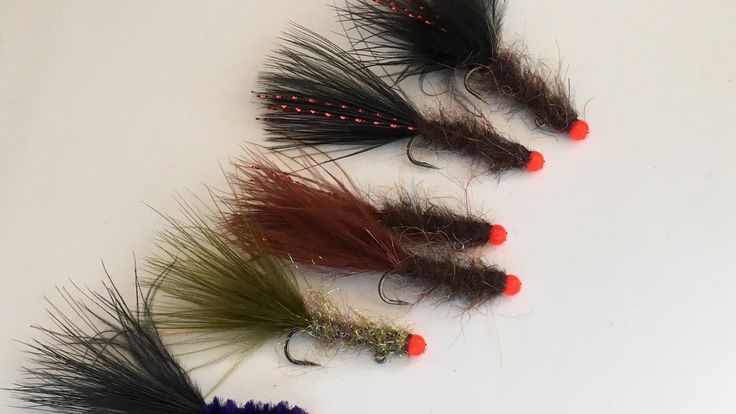 Stillwater anglers enjoy using bait or fly that works great. It must be presented correctly, have action, and have the right color. Leeches are the bait/fly of choice. I use these Balanced Leeches for dead water presentations and ice fishing. Back in the day we also made Zug Bugs that worked well.
Stillwater anglers enjoy using bait or fly that works great. It must be presented correctly, have action, and have the right color. Leeches are the bait/fly of choice. I use these Balanced Leeches for dead water presentations and ice fishing. Back in the day we also made Zug Bugs that worked well.
Many anglers find this pattern too expensive to use. Thay can cost from $3.50-$6.50 or more per well-made fly. They are also a bit fragile and can come apart easily from use. To provide a perpendicular presentation, when fishing from a strike indicator or bobber, you want a jig hook that has a center eye post that is more toward the center of the body.
Years ago I was fishing Henry’s Lake. We had stayed at the once fun Staley Springs Lodge/campground. This was ground zero for fishing leech patterns. The huge cutthroats and brook trout feasted on Damsel Flies and leeches along the weedy grass edges.
I was using traditional patterns that required a retrieve. The movement, at the proper depth, was deadly. Nearby, I watched a guy casting out a black leech pattern 4 feet under a yarn strike indicator. Once he had cast the fly to the weedy edge, he did nothing! No jigging, no movement, nothing. Within a few minutes the indicator went down, and he was hooked up. He was out fishing me 5 to 1.
 When I tried to make friends and ask what he was doing, he gruffly said a leech and walked away. I was fishing at his spot when I noticed a leech fly laying in the gravel. This size 10 fly had a hook eye in the center and was made using black marabou and black chenille. An extension was off the front and a red bead was held in place using a sewing pin. This allowed for a center, balanced hook eye to tie onto. I also noticed from the broken tippet, that he used a loop knot to help add motion. The throw away fly had a broken body but gave birth to my leech variation.
When I tried to make friends and ask what he was doing, he gruffly said a leech and walked away. I was fishing at his spot when I noticed a leech fly laying in the gravel. This size 10 fly had a hook eye in the center and was made using black marabou and black chenille. An extension was off the front and a red bead was held in place using a sewing pin. This allowed for a center, balanced hook eye to tie onto. I also noticed from the broken tippet, that he used a loop knot to help add motion. The throw away fly had a broken body but gave birth to my leech variation.
Canyon Ferry, Martinsdale Reservoir, and other lakes currently have spawning trout. The fishing will be great until it ices up. Then use these flies on your ice rods when targeting trout and perch.
Over the years, I have modified this fly, but some things stay the same.
Sewing pins work well but a sequin pin works well too, to support the bead and extension. You can get then at a craft store. Longer extensions fail faster. Make the extension 3 bead spacings long.
Chenille has come a long way and can be bought in hairy strands. I almost always use a black and blue color. Fly tyers call their leeches “Bruised” because of this color. There are times when I use a greener color in certain lakes.
Quality marabou is important. You can also use Bunny Hair Strips for more durable flies, but I prefer the marabou.
A few strips of flashabou alongside the marabou tail helps. Make them a tad longer than the marabou
Size 10 works best for Stillwater applications but I go up to size 6 jig hooks for ice fishing jigs.
My go-to-bead colors are florescent. Tungsten works well in red, chartreuse, and orange. Black also works well.
Black colored jig hooks/Tungsten work well
A sharpened hook is always important. You will miss fewer strikes, and the fly is also easier to remove from the fish.
Use forceps carefully so you don’t tear the fly extension off the front end. I superglue the pin extension in place, but it will displace. The best I have done is about a dozen fish before the fly falls apart.
Lightweight strike indicators that adjust and attach to your line or leader work well. Use one big enough to see in wavy water. Yarn works well but there are many new products on the market.
You can also use this pattern on a spinning rod. Remember a longer rod helps to set the hook quicker and helps play BIG fish faster. A shorter Ultra-Light rod of 5 feet will work but a longer, light action rod works better.
You can add bait to this fly when ice fishing. I use scent gel or light maggots. Heavy pieces of worm will work but you lose the balanced presentation. Try tying a dropper from the fly’s center. Use a tippet and a single sharpened, sized 16 scud hook. Add a single maggot and hang on. I make the dropper just a few inches down. A nib of work or a single kernel of corn will also do the trick.
When trout are spawning in many lakes, they cruise the shorelines. Repeated casting will scare them off. A balanced leech presentation can stay in place for several minutes while the trout cruise by. Set the hook immediately and hang on.
There are times when I have left the fly motionless for 10 minutes or more. Cloudier days and water with a little wave action are the best.
There are plenty of great YouTube videos that will give you visual tying instructions. Just search “tying a balanced leech”.
Once you put these leeches into your fly box, you will never be without them.
Montana Grant




